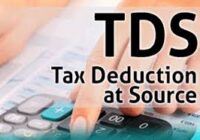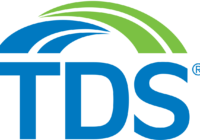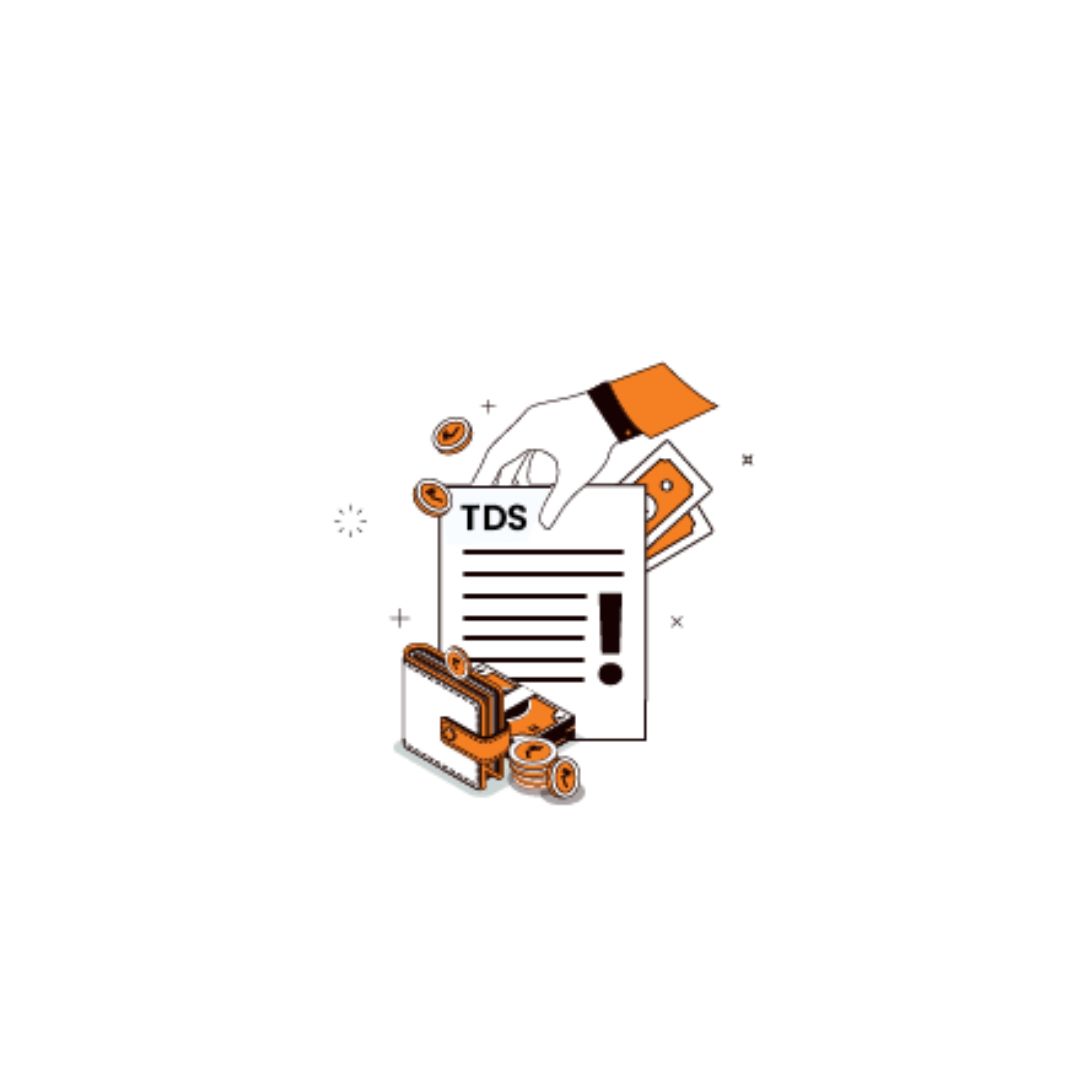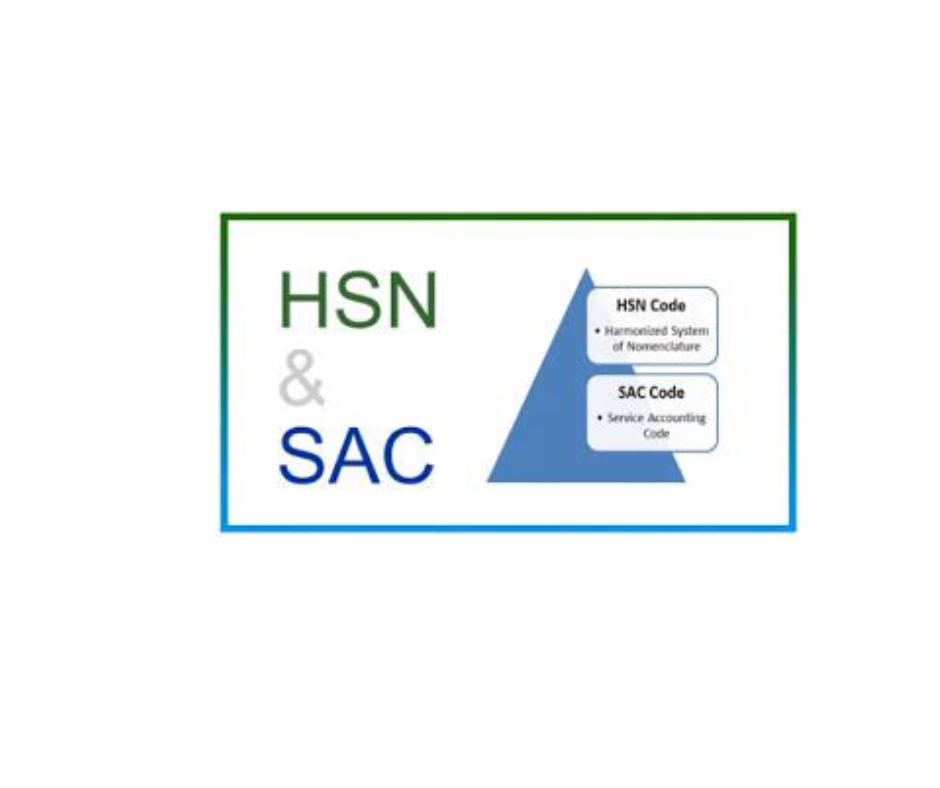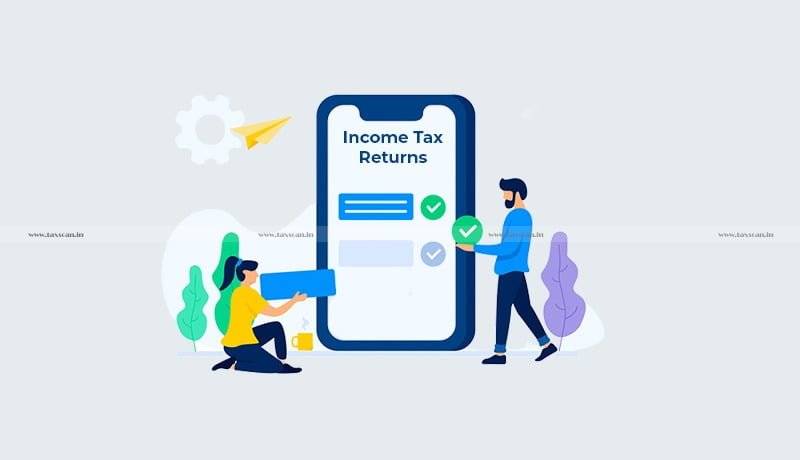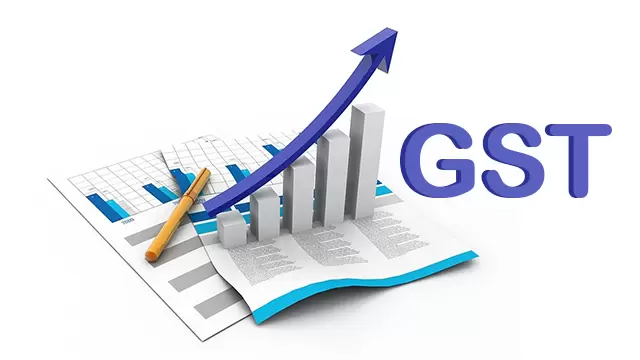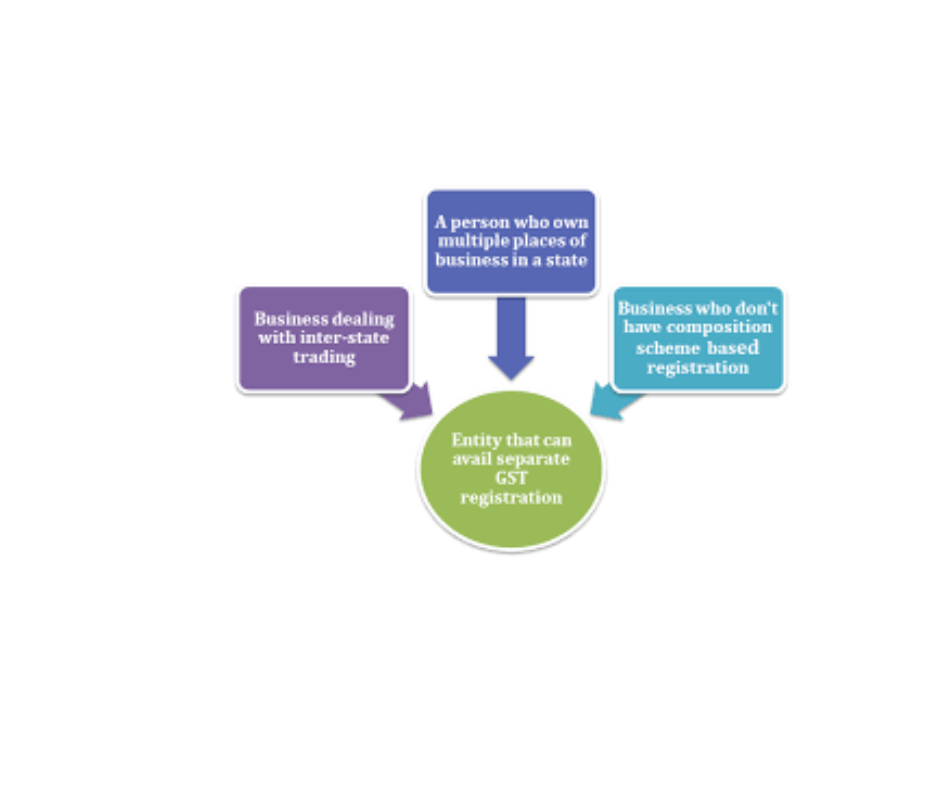Why is TDS required?
Requirement of Tax Deducted at Source Requirement of Tax Deducted at Source, TDS (Tax Deducted at Source) is require for several reasons: Revenue Collection: TDS is a mechanism employe by tax authorities to collect tax revenue throughout the financial year rather than relying solely on tax payments at the end of the year. It… Read More »
